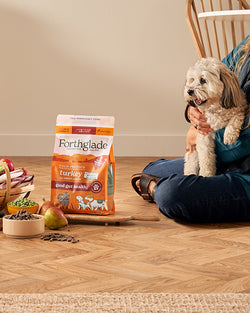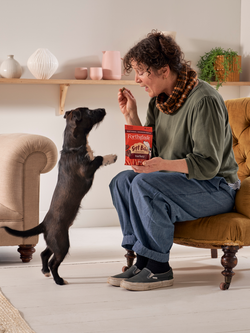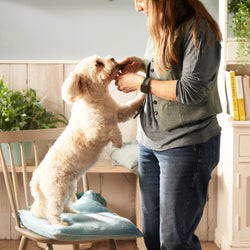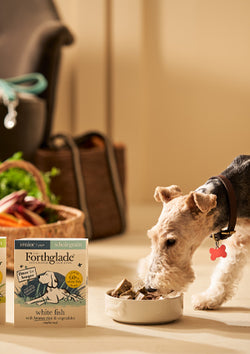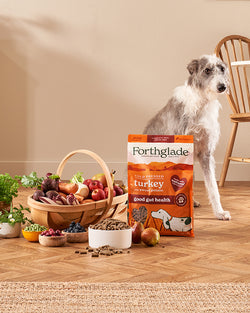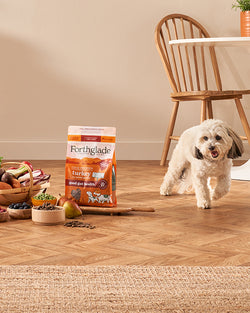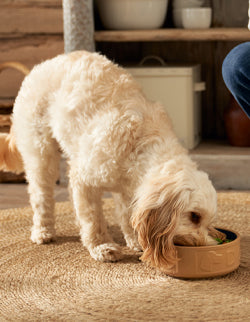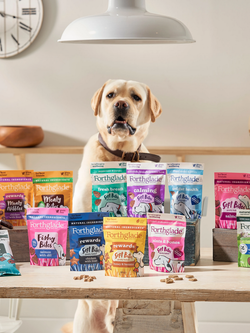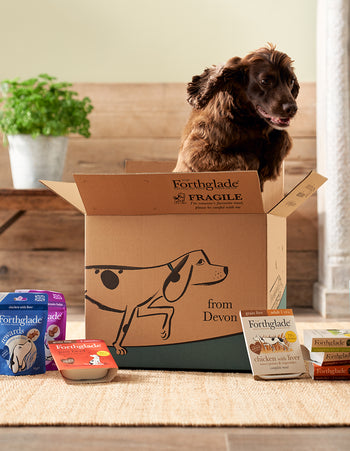It's essential to consider your dog's comfort and safety during walks. Just as you'd bundle up in a warm coat, your canine companion may need extra protection against the cold. Here's a guide to help you determine when it's too cold to walk your dog and how to keep them safe during winter outings.
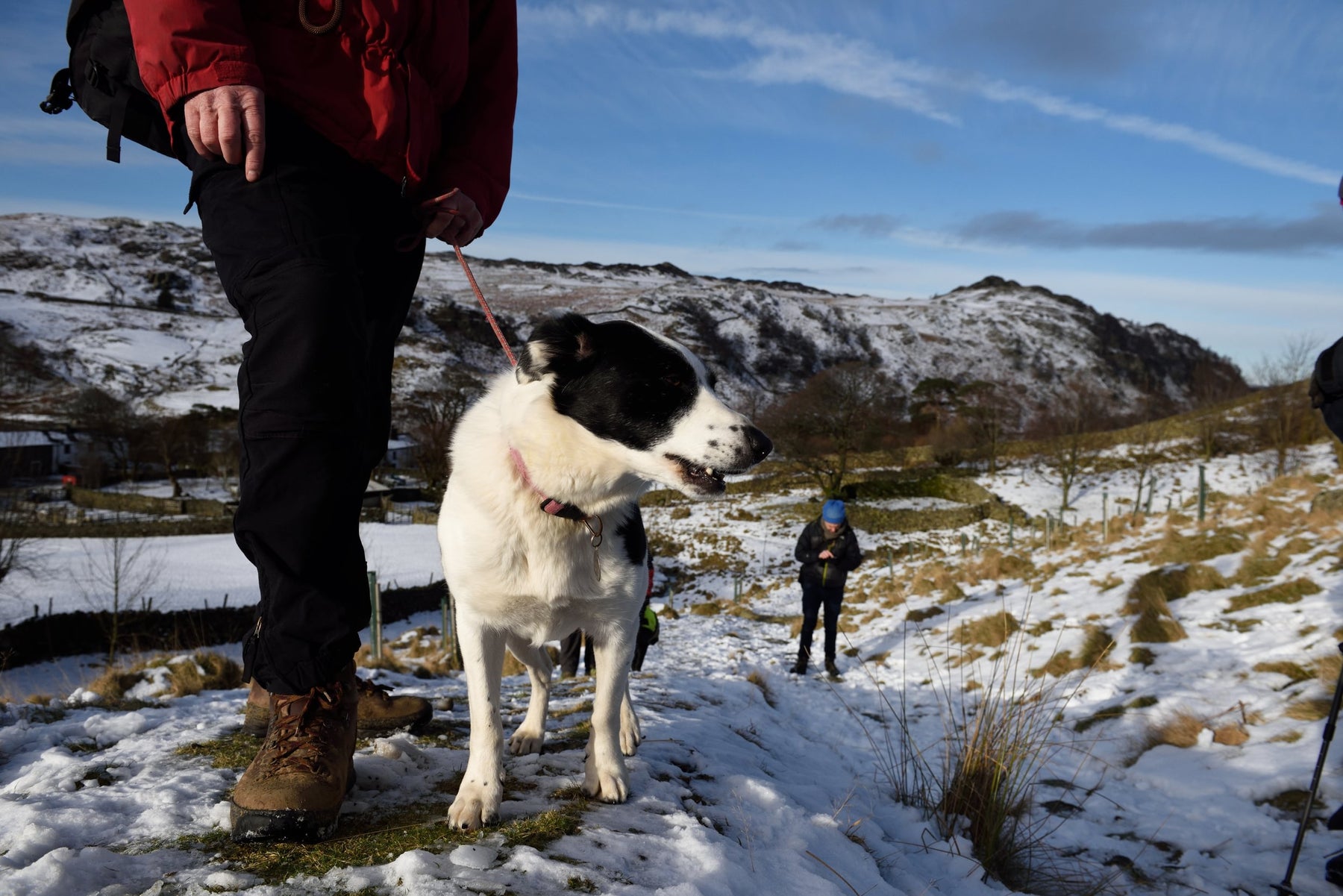
When Is It Too Cold to Walk Your Dog?
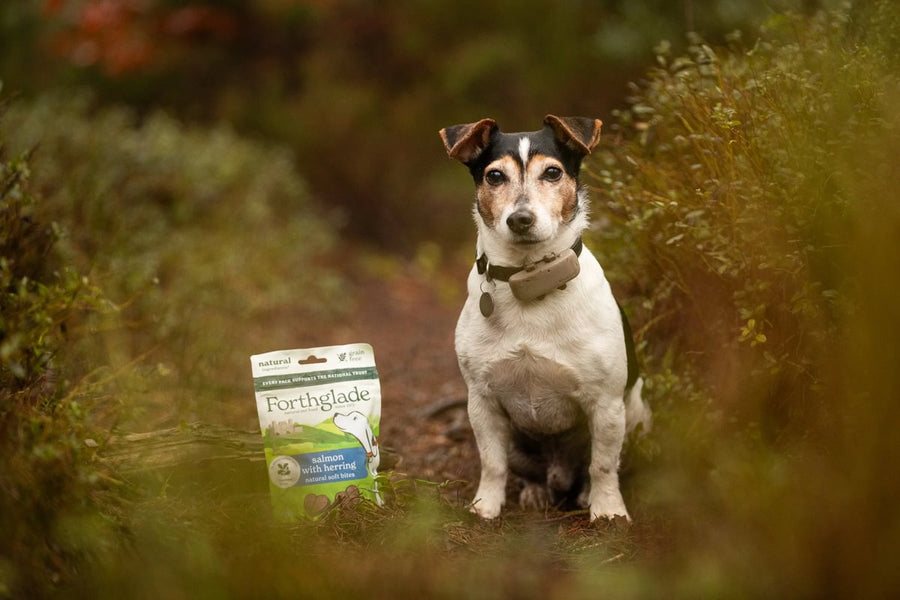
5 degrees Celsius
At 5°C, many dogs, especially those with thicker coats, might still enjoy their walks. However, small breeds, puppies, elderly dogs, or those with thin coats may begin to feel the cold. For these dogs, consider using a dog coat to provide extra warmth and limit walk durations to prevent discomfort. If your small dog starts to shiver or seems reluctant to walk, it's time to head home
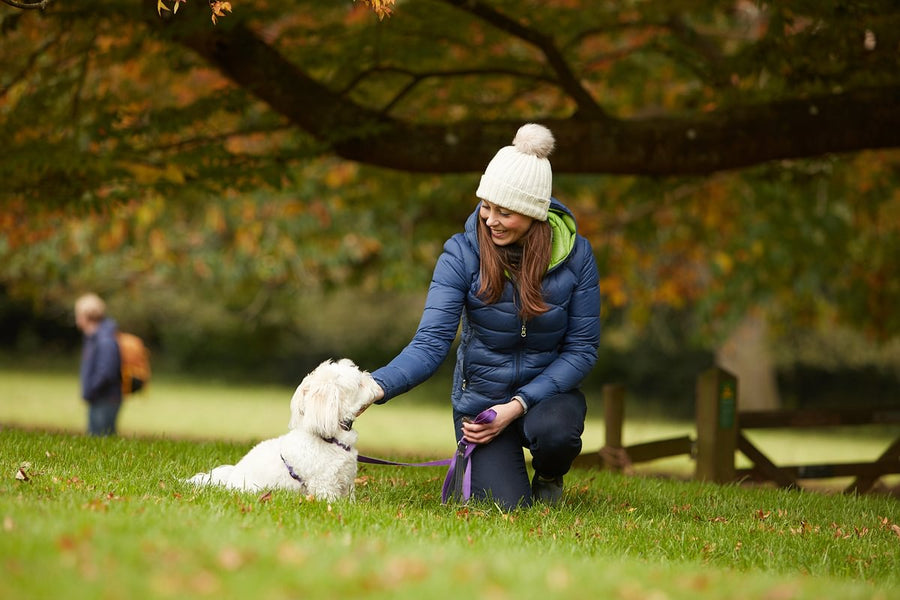
0 degrees Celsius
As temperatures approach freezing, the risk of cold-related issues increases. Small dogs, puppies, elderly dogs, and those with little body fat may struggle to maintain body heat. It's advisable to shorten walks and monitor your dog closely for signs of discomfort. Read our blog on walking dogs in the winter. If your dog lifts their paws frequently or seems hesitant to walk, it's a sign they may be feeling the cold
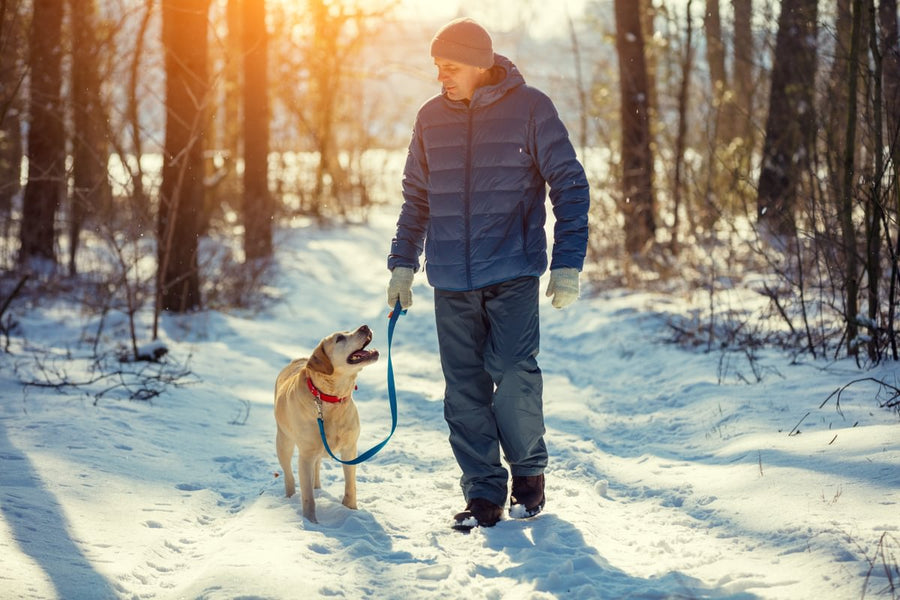
-5 degrees Celsius
At -5°C, the dangers of frostbite and hypothermia become more pronounced. Dogs with short coats or lean bodies are particularly vulnerable. Limit outdoor time to a minimum, and avoid walks if possible. If your dog starts to shiver uncontrollably or seems disoriented, seek warmth immediately and contact your vet.
Below -9 Degrees Celsius
When temperatures drop below -9°C, it's best to keep your dog indoors. Even breeds accustomed to colder climates can suffer from frostbite and hypothermia at these temperatures.

How to Tell If Your Dog Is Too Cold
Watch for these signs that your dog may be feeling the cold:
- Shivering or trembling
- Lifting paws off the ground or limping
- Whining or vocalizing discomfort
- Seeking shelter or curling up
- Reluctance to walk or slowing down
If you notice any of these signs, it's time to cut the walk short and warm your dog up indoors.
Takeaway
Ensuring your dog's comfort and safety during winter walks is crucial. By monitoring the temperature and your dog's behavior, you can determine when it's too cold for a walk and take appropriate action. For more tips on keeping your dog healthy and happy during the colder months, check out our Winter Walks Guide.
And don't forget, a balanced diet supports your dog's overall health.
Shop our range of healthy dog food








 Over 12,000 5* Reviews
Over 12,000 5* Reviews
 Subscribe & Save At Least 10% Off Every Order!
Subscribe & Save At Least 10% Off Every Order!



